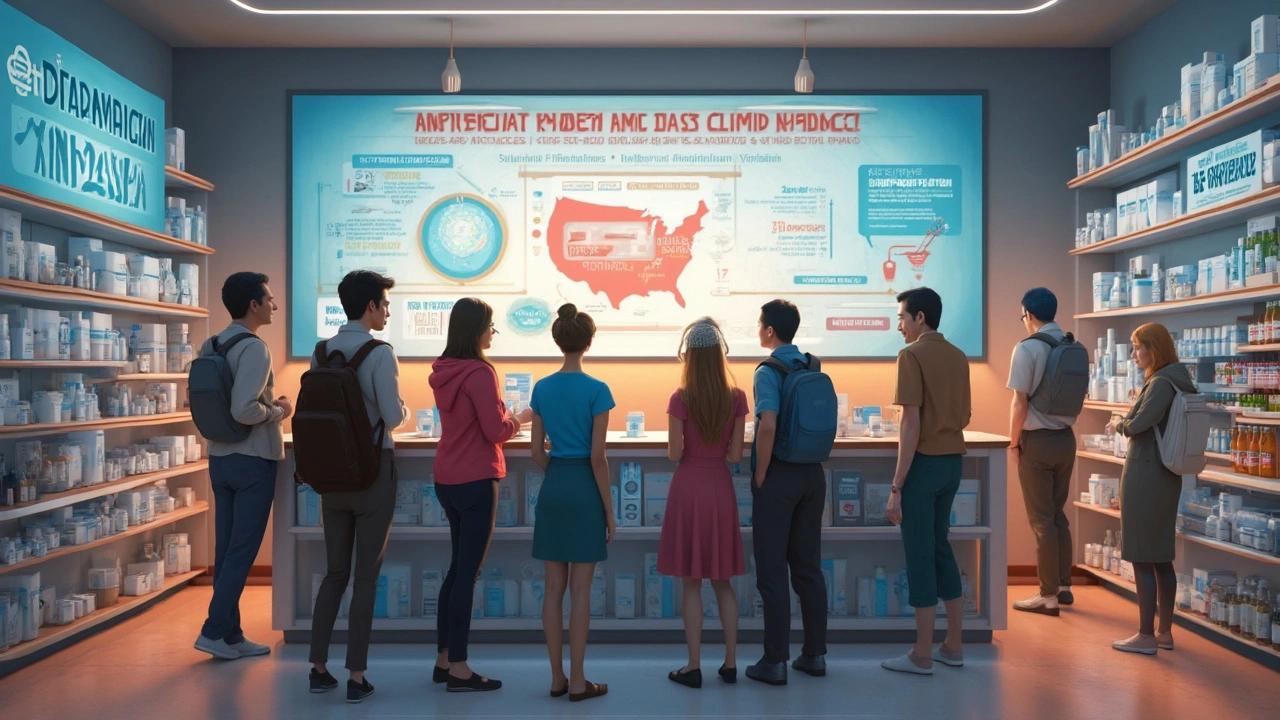Drug resistance: what it means and what you can do
Drug resistance happens when medicines that used to work no longer do. That can be antibiotics, antivirals, antifungals, or cancer drugs. This page explains simply how resistance develops, common examples you’ll hear about, and real, practical steps you can take to reduce the risk.
How resistance happens
At its core, resistance is evolution in fast-forward. Bacteria or viruses change—through random mutations or by swapping genes with other microbes—and the changed ones survive a drug that used to kill them. Think of a few resistant microbes surviving a treatment and then multiplying. That’s how a harmless infection can turn into one that’s hard to treat.
There are specific tricks microbes use: they can pump drugs out of their cells (efflux pumps), break the drug down with enzymes, change the drug’s target so the medicine no longer binds, or hide inside biofilms where drugs can’t reach. Some bacteria pass resistance genes directly to others, even across species. That’s why one resistant bug can quickly become many.
Common real-world examples include MRSA (methicillin-resistant Staphylococcus aureus), MDR-TB (multi-drug-resistant tuberculosis), and carbapenem-resistant Enterobacterales (CRE). These examples show how resistance affects hospitals, communities, and public health systems.
What you can do now
Use antibiotics only when your doctor prescribes them. Don’t ask for antibiotics for colds or most sore throats—those are usually viral and won’t help. If you are prescribed antibiotics, take the full course exactly as directed. Stopping early gives surviving bacteria a chance to become resistant.
Practice simple prevention: wash your hands, keep wounds clean, follow vaccine recommendations, and stay home when contagious. Vaccines reduce infections that would otherwise need treatment, cutting down drug use and reducing resistance pressure.
If you work with animals or eat meat, know that antibiotics are widely used in farming in some places. Choosing meat from sources that use fewer antibiotics or follow good farming practices can help slow resistance on a larger scale.
Ask your provider about diagnostic tests. Culture and sensitivity tests tell which drug works best and avoid guesswork. New rapid tests are becoming more common and can prevent unnecessary antibiotic use.
Policy and research matter too. Support efforts for better antibiotic stewardship in hospitals and clinics, and backing for research into new drugs, diagnostics, and alternative therapies—like bacteriophages or combination treatments—helps long-term control.
Finally, spread the word. Simple, clear advice—finish prescriptions, don’t demand antibiotics for viruses, and follow infection control—helps everyone. Drug resistance won’t disappear overnight, but small everyday choices make a real difference.
If you want, explore our articles about antibiotics, specific drug guides, and safe medication use to learn more practical tips for your health and family.

Amoxil Alternatives in 2025: What You Need to Know
In 2025, the search for alternatives to Amoxil, a widely used antibiotic, has become essential due to rising antibiotic resistance. This article explores viable options like Clindamycin, which are effective against resistant bacterial strains. Understanding the pros and cons of these alternatives can guide you in making informed healthcare decisions. It's crucial to have alternatives for those allergic to penicillin, offering broader treatment options.
